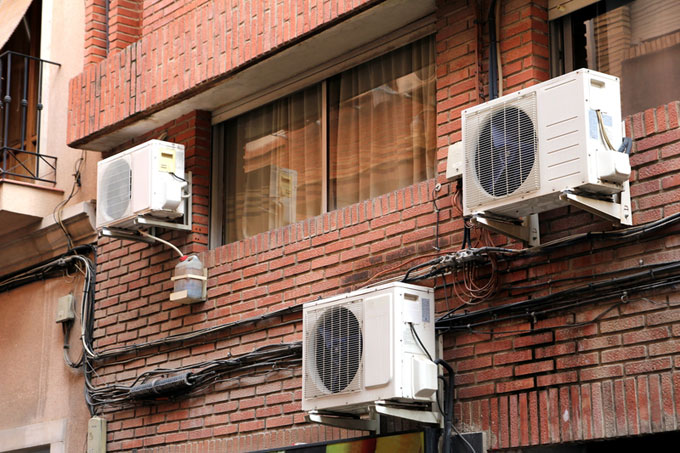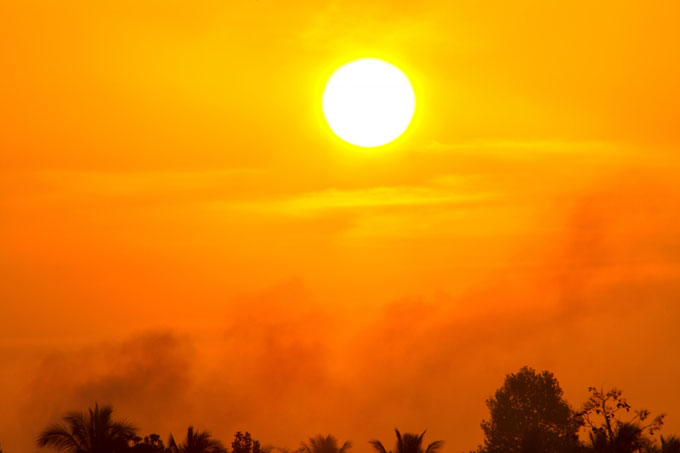Millions of tourists will head out into America’s national parks this summer in search of fresh mountain air. But according to a new report they should instead expect dangerous levels of pollution; roughly 96% of the nation’s parks are struggling with significant air quality issues.

A rainbow is seen across the Yosemite Valley in front of El Capitan granite rock formation in Yosemite national park. Photograph: Lucy Nicholson/Reuters
Fresh mountain smog? 96% of national parks have hazardous air quality – study

A rainbow is seen across the Yosemite Valley in front of El Capitan granite rock formation in Yosemite national park. Photograph: Lucy Nicholson/Reuters
Fresh mountain smog? 96% of national parks have hazardous air quality – study






